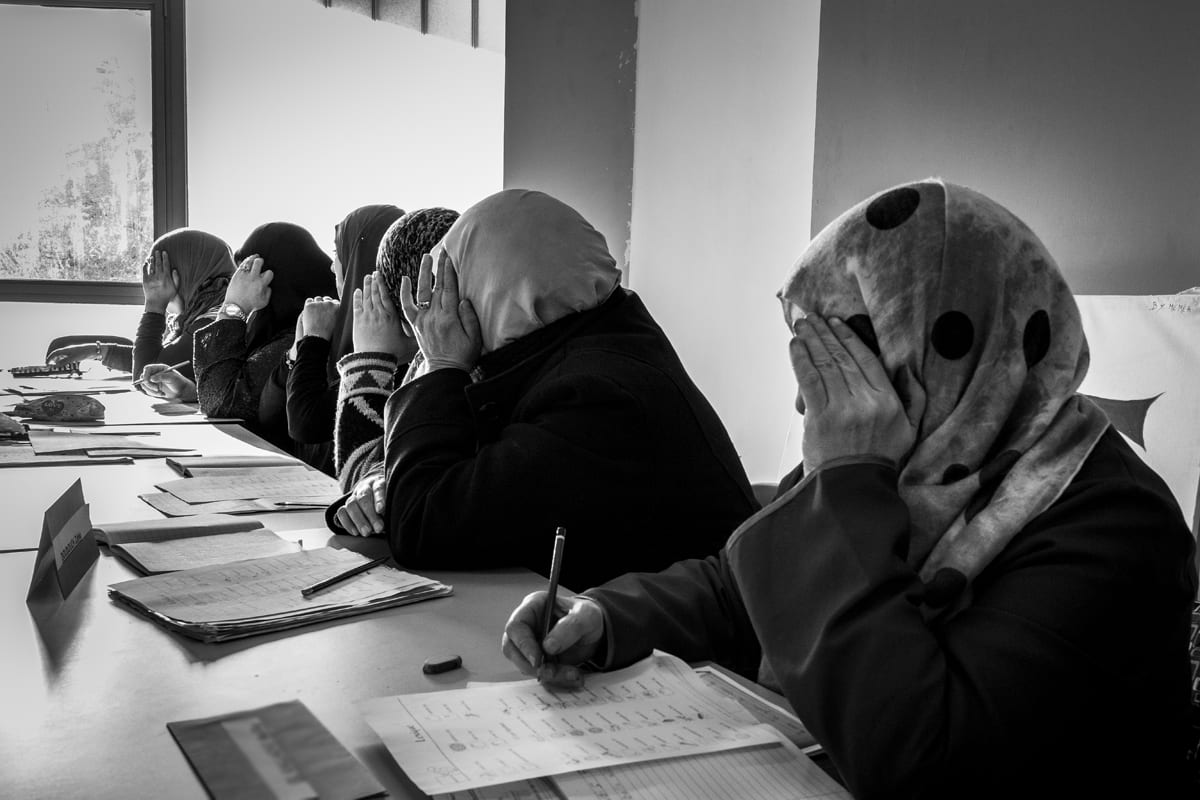Molenbeek has a long and verified link to international terrorism – the 9/11 assassination in Afghanistan of Ahmad Shah Massoud, the anti-Taliban leader, and the 2004 Madrid train bombings, to last year’s killings at Brussels’ Jewish museum, and this summer’s foiled shooting spree on a high-speed Amsterdam-Paris train – have all led investigators’ lines of inquiry to Molenbeek.
“The neighbourhood is already renowned for its bad reputation,” says Duré. “But, after the Paris attacks, it has been even more stigmatised, affecting and condemning all the residents to be blamed and attacked.”
It’s this that motivates Duré.
Born in Brussels, the photographer grew up in and around Molenbeek, and knows the streets as well as anyone, and since the attacks in Paris, he has sought to give another image to the stigmatised.

“Nobody had the idea to go talk directly to young people that have been presented as forsaken, aimless and dangerous,” Duré explains. “This image is false, Molenbeek’s youth are not an abandoned youth, people care for them.”
“Of course, one can not deny that there are connections with terrorism, but this is unfortunately everywhere in Brussels today,” he adds.
According to the International Centre for the Study of Radicalisation, Belgium supplies around 40 foreign fighters for every million inhabitants, a figure twice that of France, four times that of Britain and by far the highest concentration in Europe.

“A small group of extremists changed the image of an entire city, which actually does not reflect them at all,” says Duré. “I committed myself in showing the other side of Molenbeek, the side that might be less impressive for the newspapers and broadcasters. I wanted to create a simple reportage about daily life in Molenbeek, with all its cultural and social habits.”
But against such scrutiny, can the district rise above what it’s own mayor described as ‘a breeding ground for violence’? “After two attacks, it is not easy – but it’s not impossible. I will continue to report daily life in Molenbeek to show, in a place where stigmatisation seems to be the focus, there is possibility of revival.”
For more of Duré’s work, go here.

